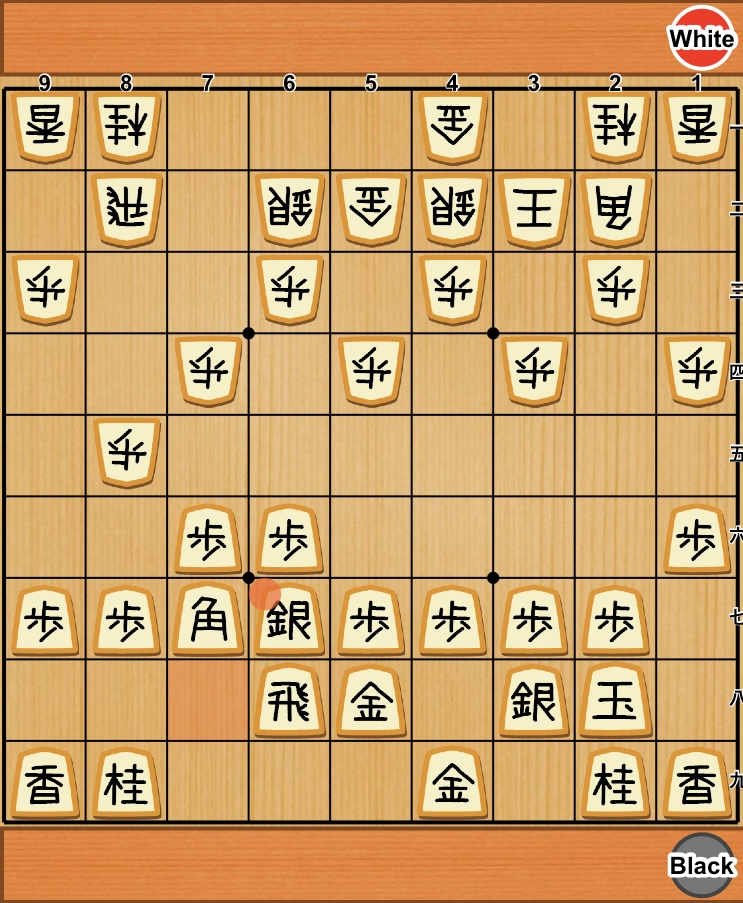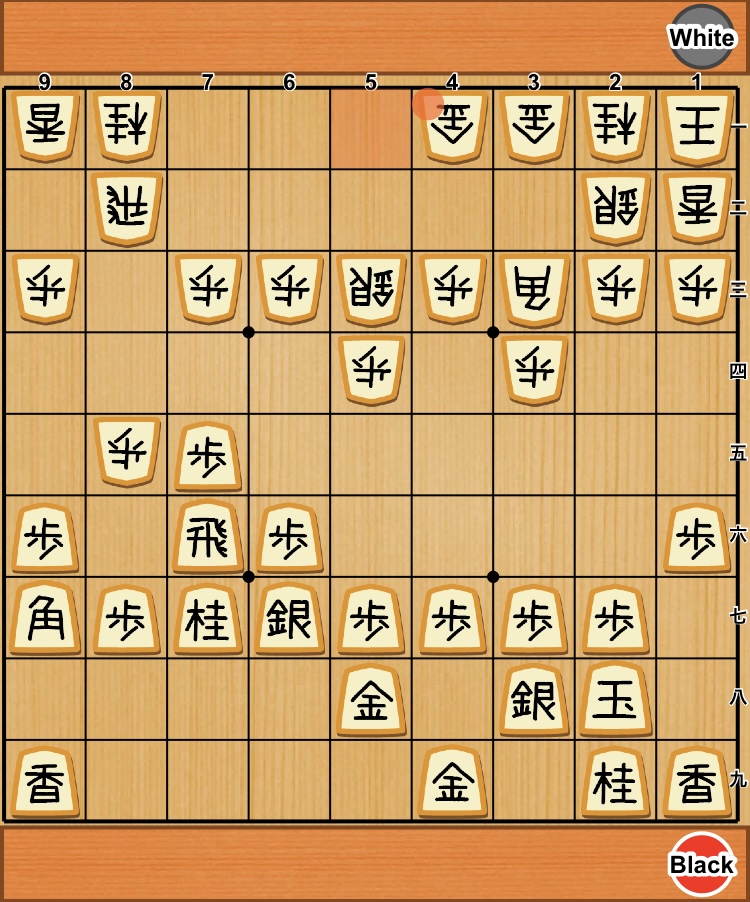There are two parties in Shogi players. One is static rook player, and the other is swinging rook player. In this article, you can look over the major opening strategies in swinging rook games. For the static rook games, please check the previously issued articles.
Rook is the strongest piece, and swinging rook can use it dynamically. Although static rook is bigger party in professionals, many amateur players prefer swinging rook.
- Swinging Rook vs Static Rook
- Central Rook
- 4th-file Rook
- 3rd-file Rook
- Opposing Rook
Swinging Rook
Central Rook

Central rook swing rook in the center of the board. It is a offensive formation. Conventional central rook close bishop’s diagonal line until battle begins. However, recently new Joseki called ”Gokigen central rook” was developed, which keep opening the bishop line, and it enables swinging rook side more aggressively fight. The strategy was found by Masakazu Kondo, who prefers central rook style. He always has bright face with good mood, that is why the strategy named “gokigen”, which means feeling good in Japanese.
4th-file Rook

4th-file Rook has a number of fans. It is a kind of defensive style. The basic strategy is often compared to Judo, which overcomes strong with flexibleness. 4th-file rook waits with developing its castle calmly until opponent begins attack. Once the battle commence, 4th-file rook give counterattack.
A professional player Takeshi Fujii is well known as expert of 4th-file rook. He neatly sorted out the Joseki, and he developed his original strategy ”Fujii System”. With the strategy, he gained Ryuou title for 3 years in row.
3rd-file Rook

3rd-file rook swings rook to third file from the left side. In the case of rapid attack from static rook side, 3rd-file rook has little advantage than 4th-file rook.
The position diagram is called ”Ishida Style”, which is named after a blind Shogi player Kenko Ishida who lived Edo period. The form is said ideal form of swinging rook, because it effectively uses rook, bishop, silver and knight. Those four pieces are basic component of attack.
Opposing Rook

Opposing rook is a strategy that swings rook to 2nd file from left. Two rooks face each other in the same column, meaning that heavy battle can happen at any time. Compared to the other swinging rook strategies, the opposing rook is not often seen. One reason is that this opening depending on your opponent. You can swing your rook to 8th file when opponent proceeds pawn to 5th rank like the picture. However, if opponent defer the pawn advance, you may lose the right to open battle. In that case, one should change strategy to 4th-file or 3rd-file rook.




コメント